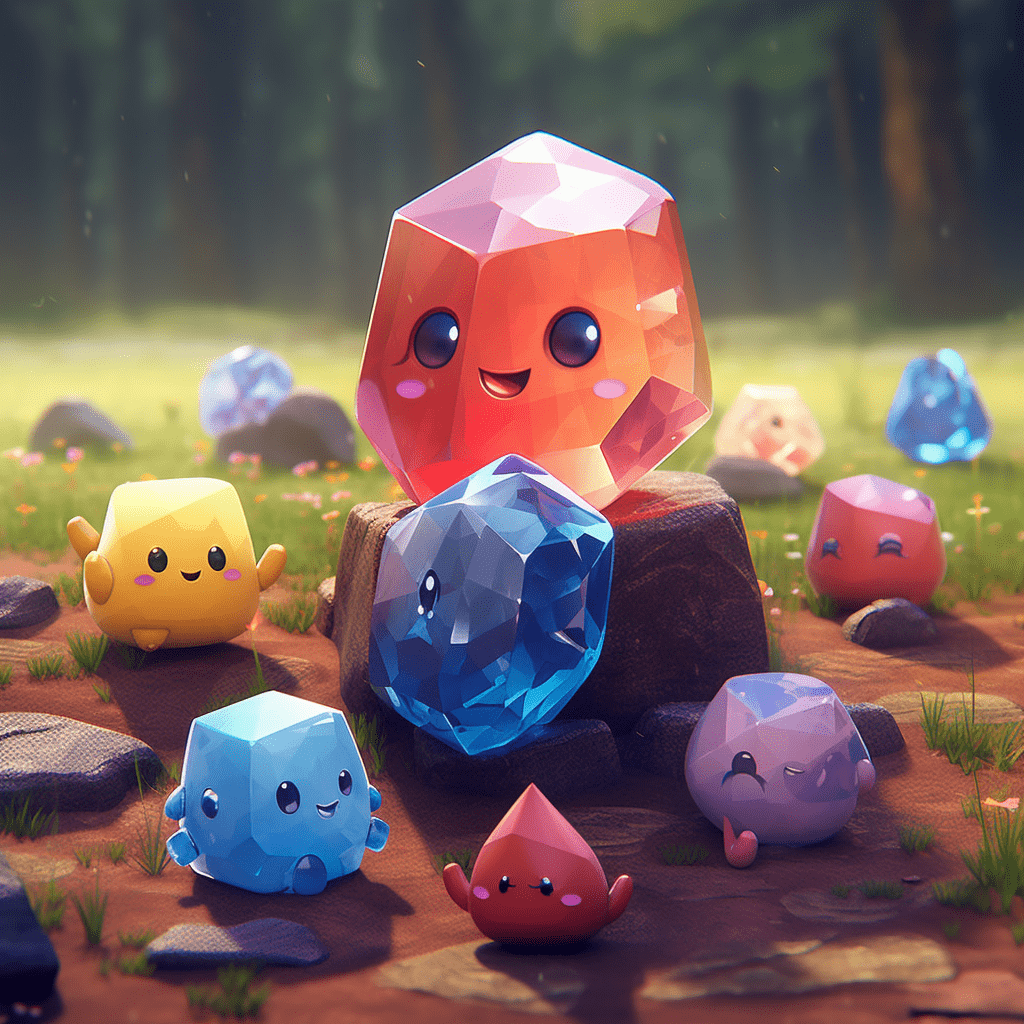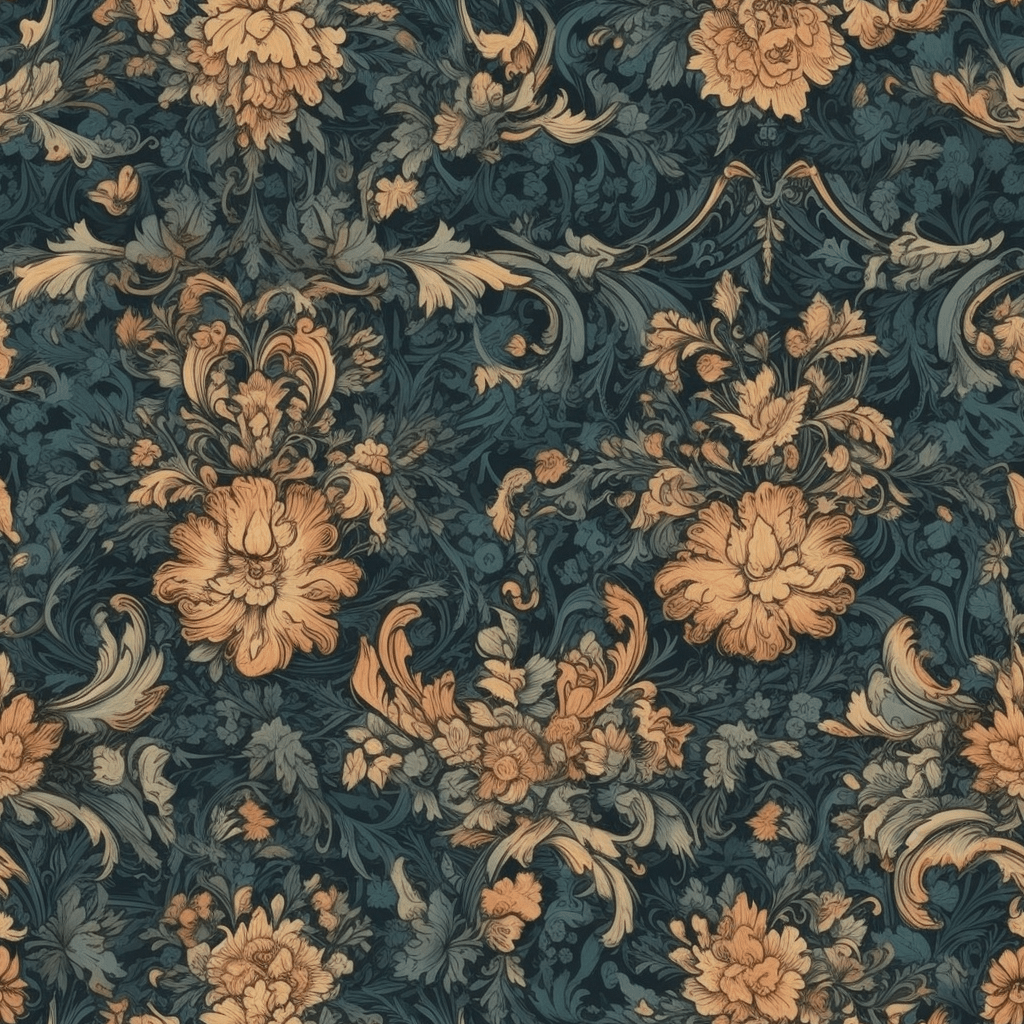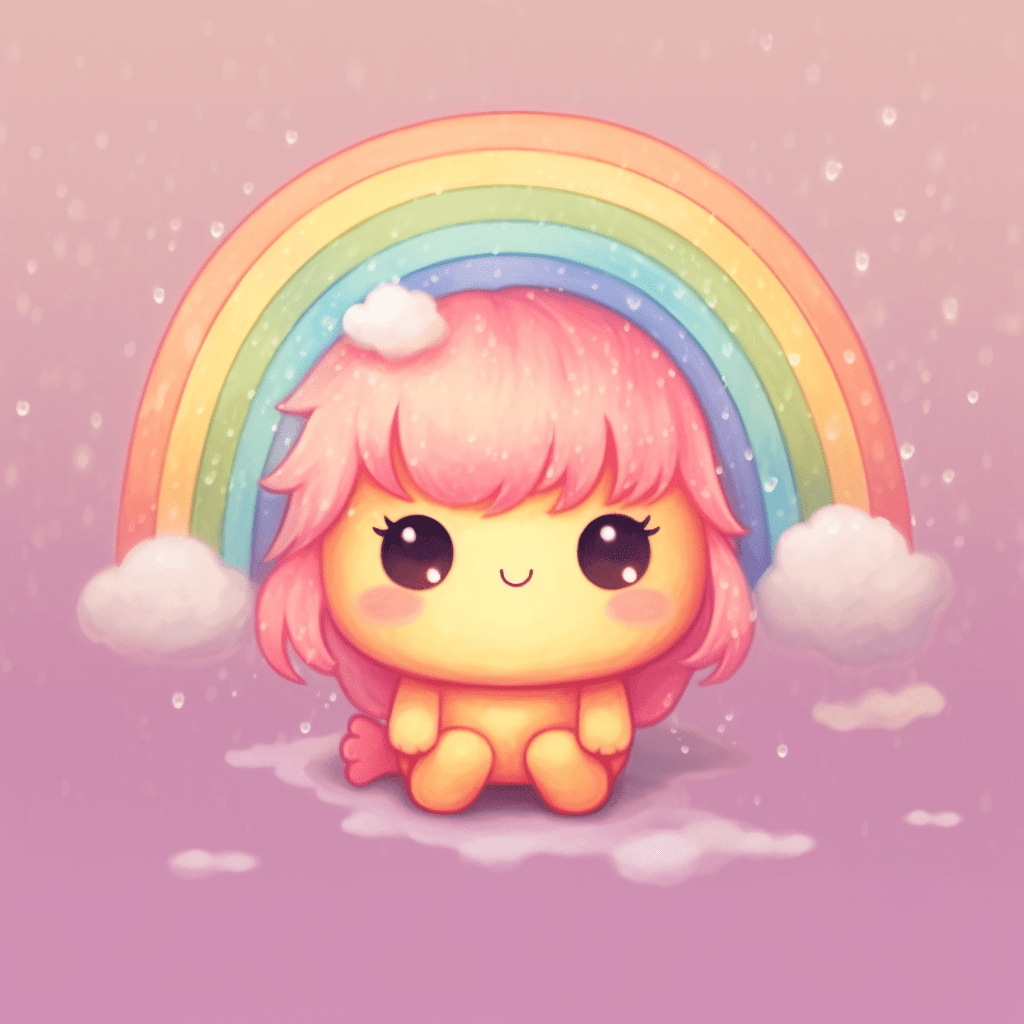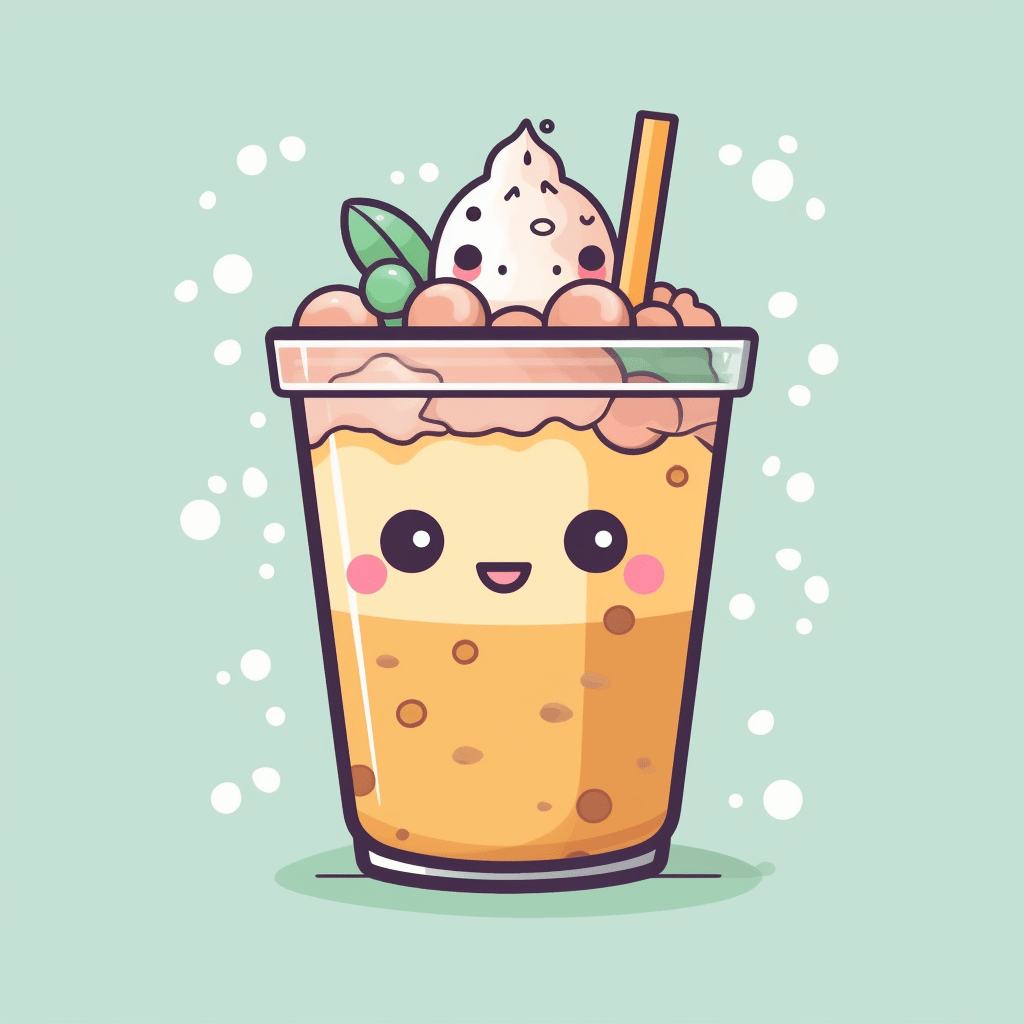As non-fungible tokens (NFTs) continue to reshape the art world, artists and creators face an important decision: whether to embrace NFT art generators or stick to traditional art creation methods. Both approaches have unique advantages and disadvantages, and understanding the differences between them can help you make an informed decision on the best path for your artistic journey. In this article, we’ll explore the pros and cons of using an NFT art generator compared to traditional art creation methods.

NFT Art Generator: Pros
Ease of Use
NFT art generators employ algorithms, AI, and machine learning to produce visually captivating digital art effortlessly. With minimal technical expertise, even novice artists can create intricate and appealing designs using these generators.
Unlimited Variations
NFT art generators enable creators to generate an infinite number of unique NFTs by altering different parameters and input values. This capability can be especially advantageous when creating large series or collections, as each NFT can have distinct visual attributes while maintaining a cohesive theme or style.
Streamlined Minting Process
Many NFT art generators have integrated minting options, allowing for an easy transition from art creation to tokenization on the blockchain. This streamlined process can save both time and effort when compared to traditional art creation methods, where artwork must be digitized manually and tokenized through an NFT marketplace.
NFT Art Generator: Cons
Limited Artistic Control
While NFT art generators allow users to create unique and diverse digital art, they often provide limited control over specific design elements or creative choices. As a result, artists may find it challenging to achieve their desired vision if they rely solely on algorithmic generation.
Potential Oversaturation
The ease and speed with which NFT art generators can produce large volumes of digital art may contribute to oversaturation in the NFT market. This oversupply could negatively impact the perceived value and uniqueness of NFTs within the ecosystem.
Traditional Art Creation: Pros

Full Creative Control
Traditional art creation methods offer artists unrestricted control over every aspect of their artwork. This freedom allows for an unparalleled level of personal expression and connection with the final product, which is a crucial advantage for many creators.
Authenticity and Reputation
Traditional art carries with it a sense of authenticity, originality, and a direct link to the artist’s creative process. This connection can bolster the artist’s credibility and reputation within the NFT community, potentially translating to higher demand and value for their digital creations.
Traditional Art Creation: Cons
Time and Resources
The traditional art creation process can be time-consuming and resource-intensive, from conceptualization to producing the final piece. Transitioning from traditional art to the digital realm, tokenizing the work, and listing it on an NFT marketplace can add more complexity to the overall process.
Barrier to Technical Adoption
Some artists may struggle to adapt to the digital tools, platforms, and technologies necessary to create, tokenize, and sell NFTs. There may be a steep learning curve in understanding the intricacies of blockchain technology, digital art software, and NFT marketplaces.
Limited Crypto and Web3 Exposure
Traditional art creation methods may not offer the same exposure to the crypto and web3 communities as NFT art generators. Taking advantage of the growing cryptocurrency community and decentralized platforms can help artists tap into new market segments and expand their reach.
Finding the Right Balance

Ultimately, the optimal approach may be to strike a balance between using NFT art generators and traditional art creation methods. This hybrid strategy offers the best of both worlds, allowing artists to maintain their creative authenticity while capitalizing on the innovative potential of AI-generated art:
Selective Utilization of Generators
Instead of relying solely on NFT art generators, artists can use them selectively to produce specific components, elements, or variations within their work. This approach preserves the artist’s creative influence while benefiting from the efficiency and versatility of the generator.
Collaborations with AI or Algorithmic Artists
Partnering with AI or algorithmic artists to create digital art can expand the creative possibilities, blending human expression with cutting-edge technology. This collaboration can lead to an innovative fusion of styles and enable the creation of truly unique and appealing NFTs.
In conclusion, both NFT art generators and traditional art creation methods have their pros and cons. Finding the right balance between these two approaches can help artists harness the full potential of digital art while maintaining their creative authenticity. By leveraging the advantages of both strategies and staying attuned to the preferences of the NFT community, artists can ensure their work retains value and appeal in the ever-evolving world of digital collectibles.
